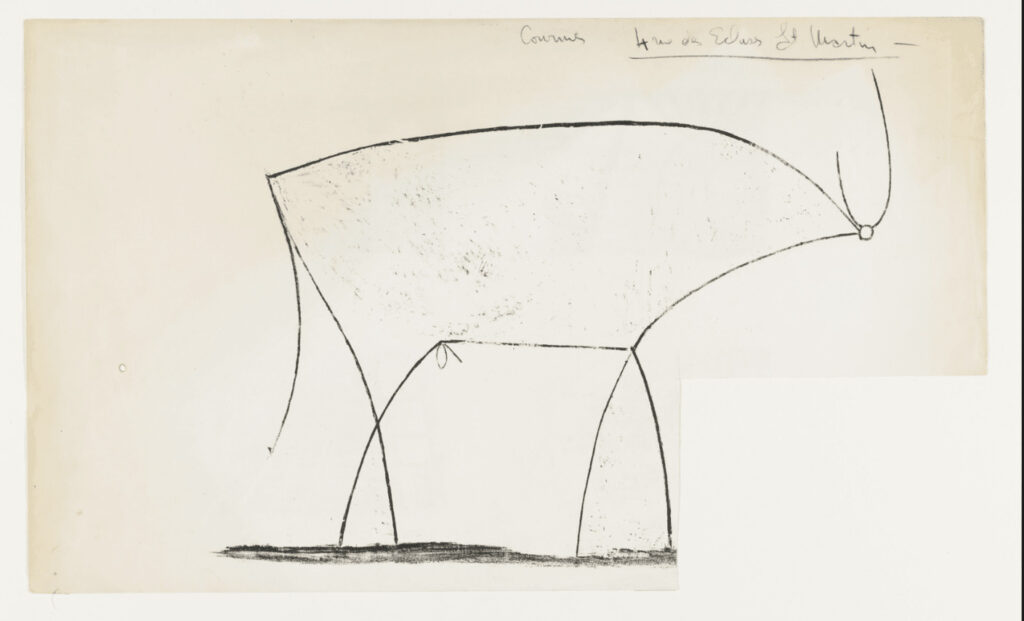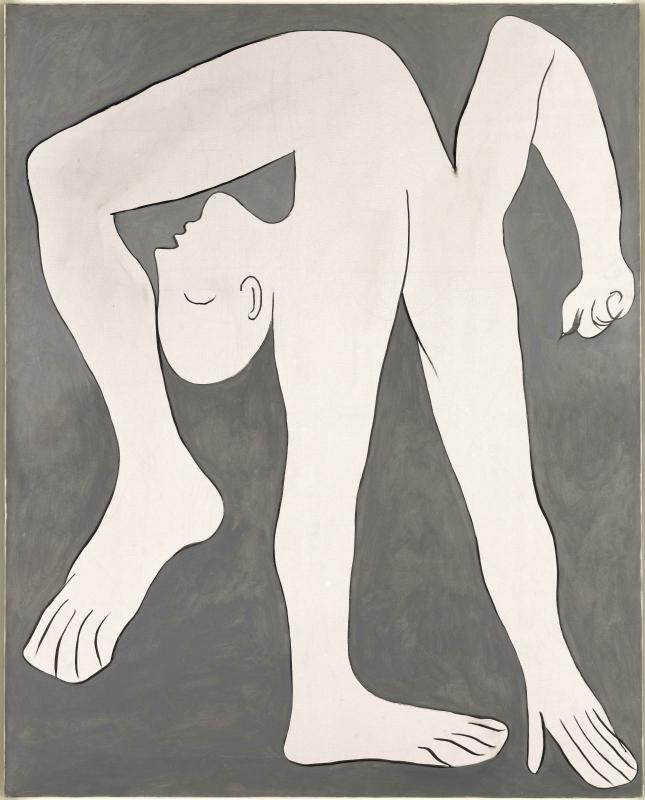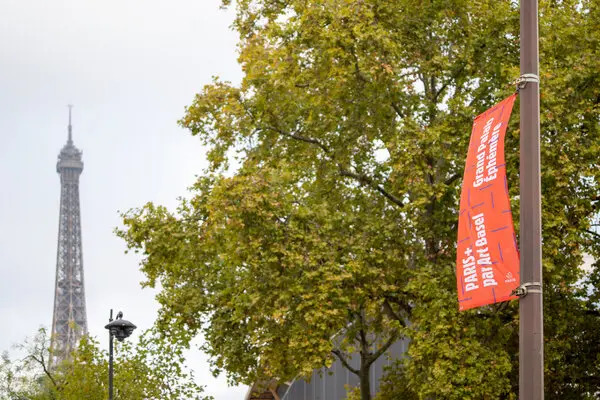In honour of the fiftieth anniversary of Pablo Picasso’s passing, the exhibition “Picasso. Dessiner à l’infini” (Picasso. Drawing to Infinity), organised by the Centre Pompidou in collaboration with the Musée National Picasso-Paris, will shine a spotlight on the most prolific part of his creation, presenting nearly a thousand works (notebooks, drawings and engravings).
From his youthful studies to his final works, for Picasso, drawing was a place of constantly renewed invention. This journey through the graphic work, a compulsively kept private diary, the notebooks being the most precious examples, immerses us in the heart of the artist’s work. The non-linear visit overturns the strict chronological order, establishing resonances between different periods and contrasting well-known masterpieces with drawings presented for the first time. Plunging visitors into the maelstrom of Picasso’s creative processes, “Picasso. Dessiner à l’infini” (Picasso. Drawing to Infinity) is the greatest retrospective ever organized of the artist’s drawings and engravings.
The drawings also show a controversial part of Picasso. Here are 5 controversial drawings that marked his talent.
Le Taureau (The Bull)- (1881, Spain – 1973, France)
This series vividly demonstrates the kind of experimentation with lithography that Picasso undertook at the Mourlot print workshop in Paris after World War II.

Carnet MP1869, (Notebooks) (pages 01 and 02)-(1881, Spain – 1973, France)
Picasso was always trying and discover new things in his notebooks. The Carnets series reveals how he played with his thoughts and drawings.

L’Acrobate (Acrobat) (1881, Spain – 1973, France)
In this painting, The Acrobat, Picasso depicted the human figure with the cube of the frame despite the apparent freedom of movement. The figure is also maintained by the colours, which control the motion of the body. It seems the body shape is locked within a white form and then pinioned against the implied stasis of the black background. This painting is good proof of the paradox of movement and rigidity.

Portrait of Francoise (Portrait of Francoise)
This small pencil drawing by Pablo Picasso in 1946 is one of the most lyrical and sensual portraits Francoise lived in. And perhaps the most realistic of them. Picasso created this drawing at the very beginning of their relationship, in a period full of tenderness and sincere adoration. A few years later, when the alliance with Francoise had already begun to seam at the seams, Picasso ruthlessly crushed and distorted the features of her face in his paintings, as had already happened with her predecessors.

The Mythical Minotaur
The mythical Minotaur—part man, part bull—was Picasso’s alter ego in the 1930s and part of a broader exploration of Classicism that persisted in his work for many years. The Minotaur was also emblematic for Surrealists, who saw it as the personification of forbidden desires. For Picasso, it expressed complex emotions at a time of personal turmoil. The Minotaur symbolized lasciviousness, violence, guilt, and despair.











